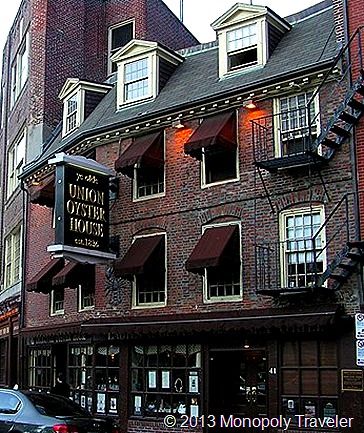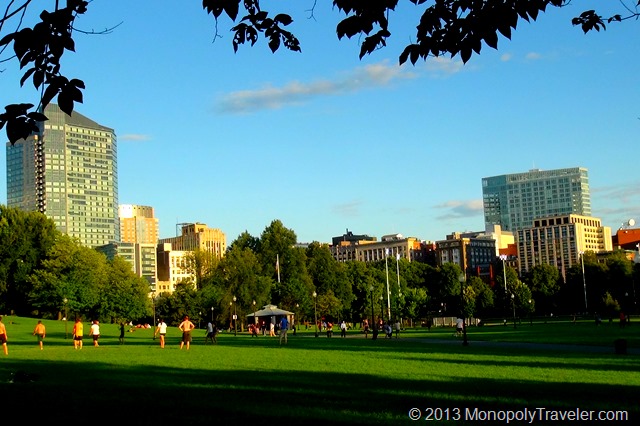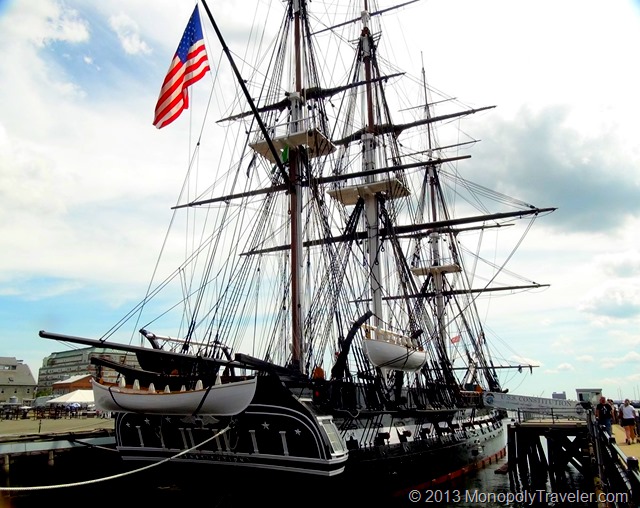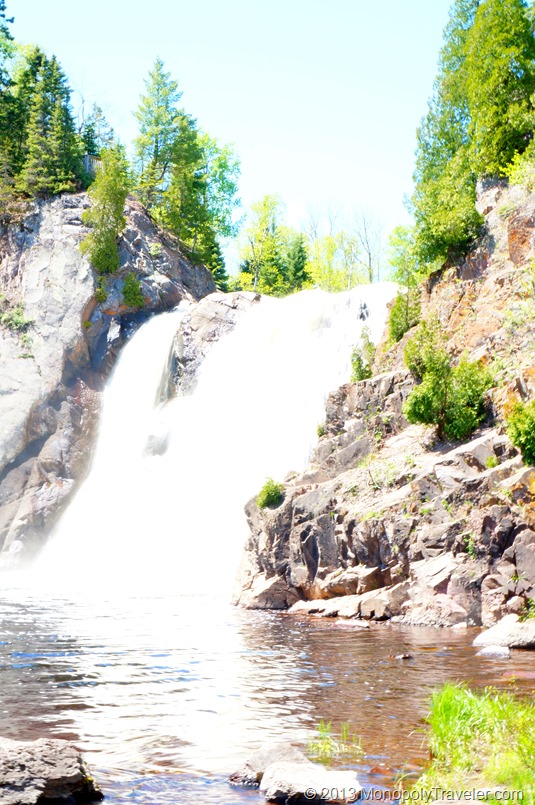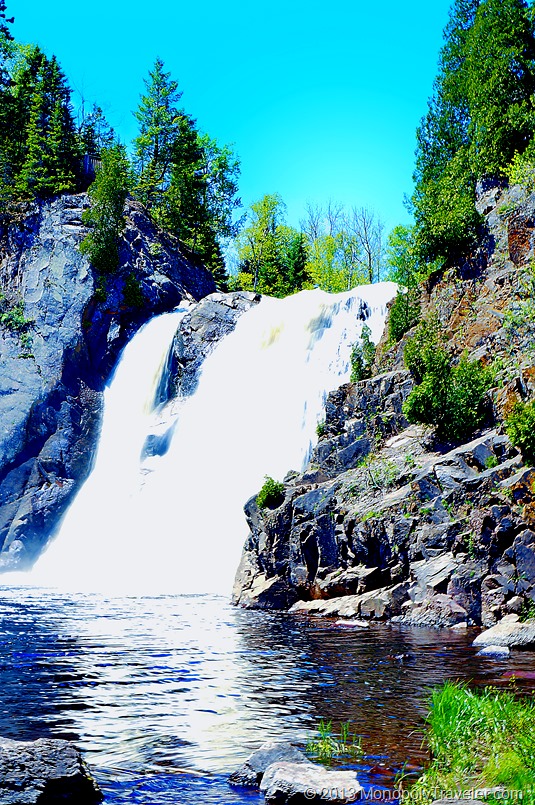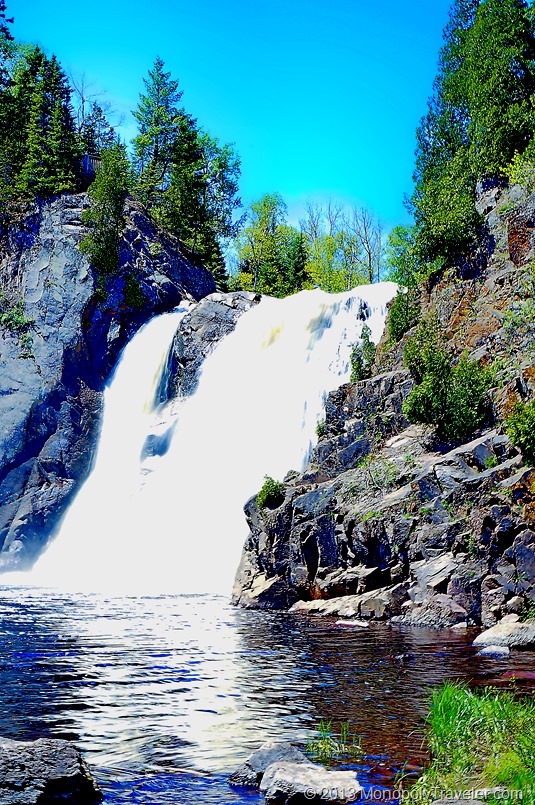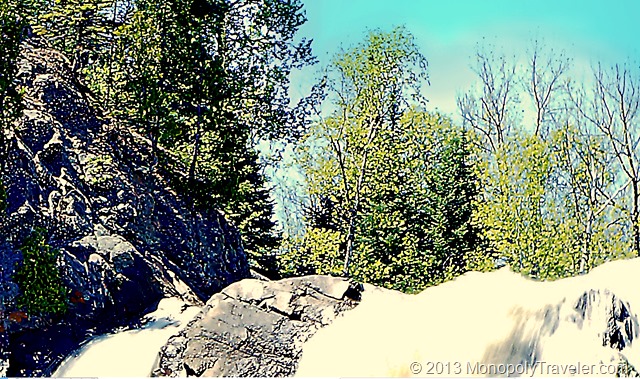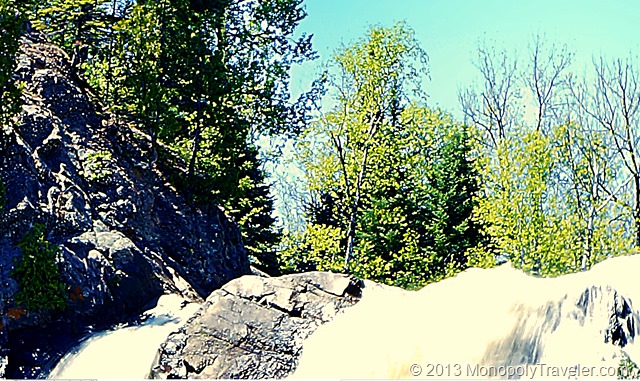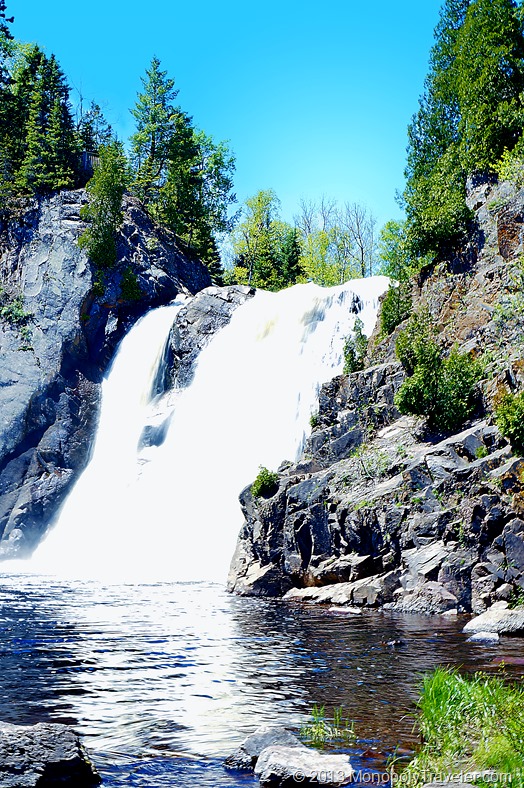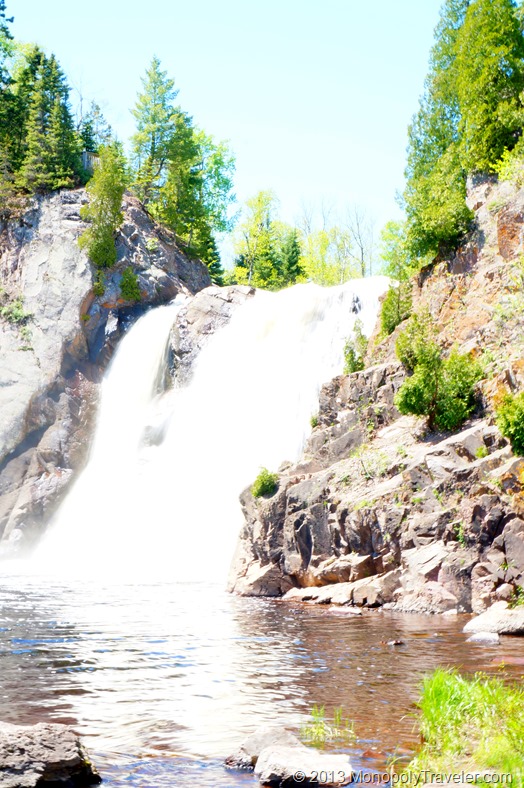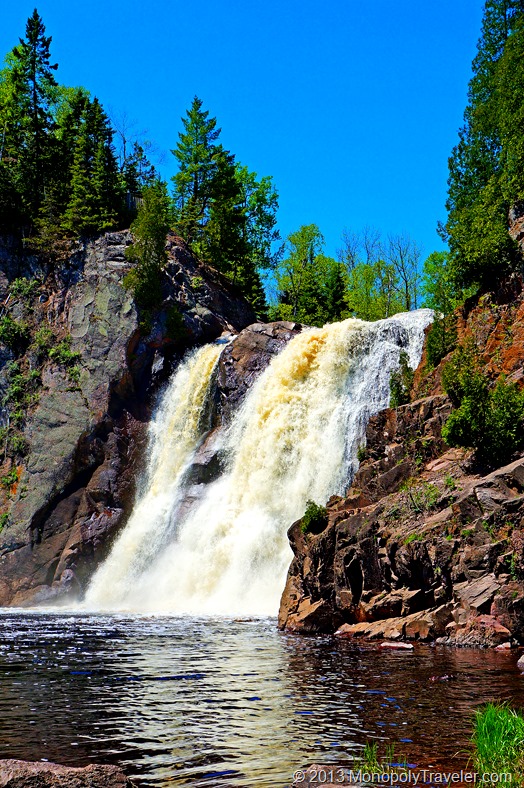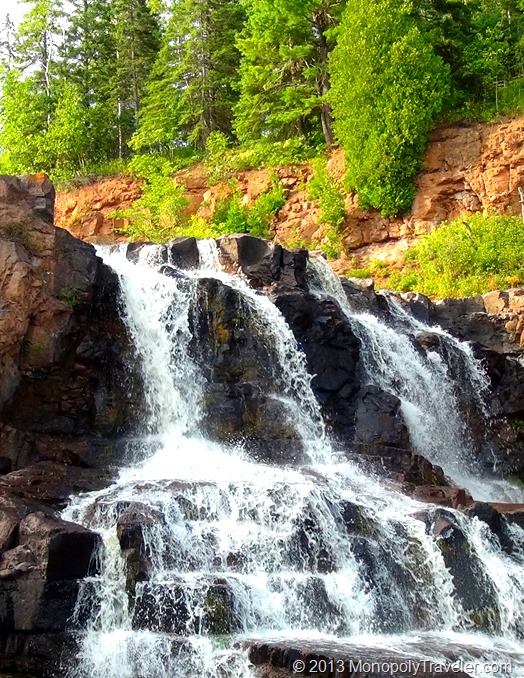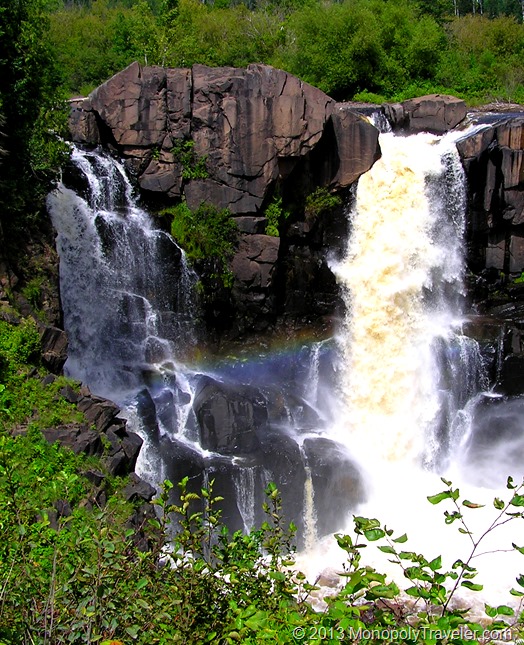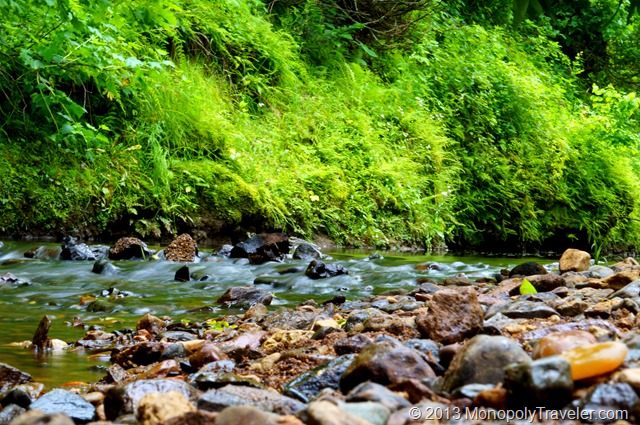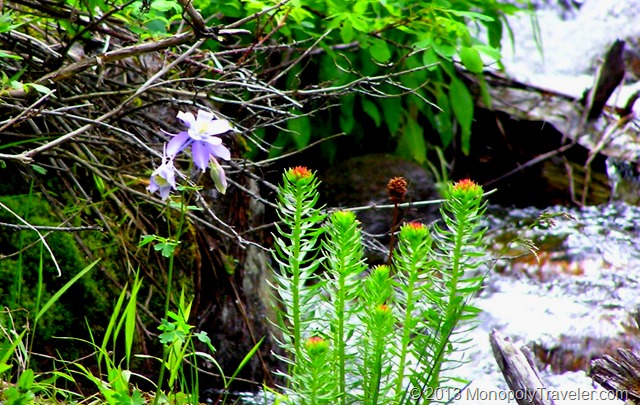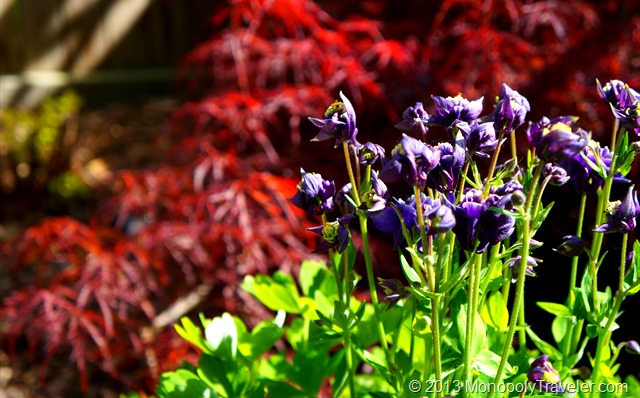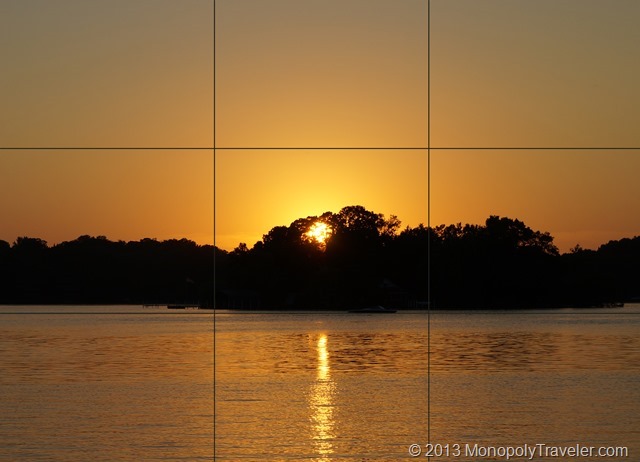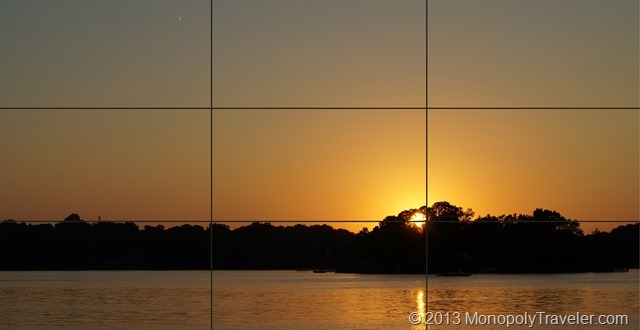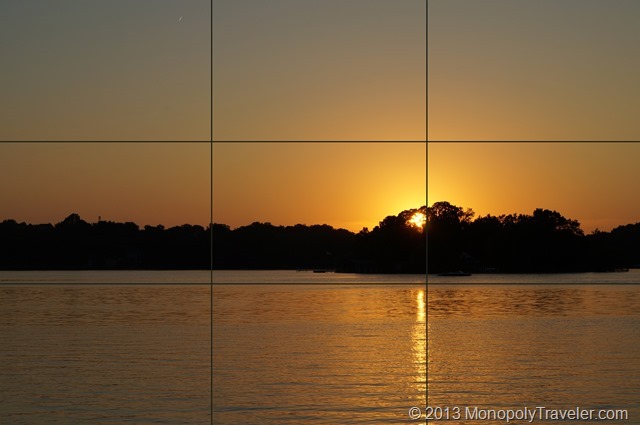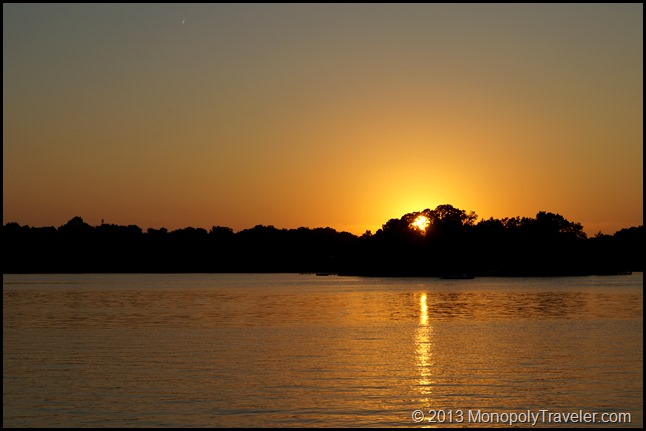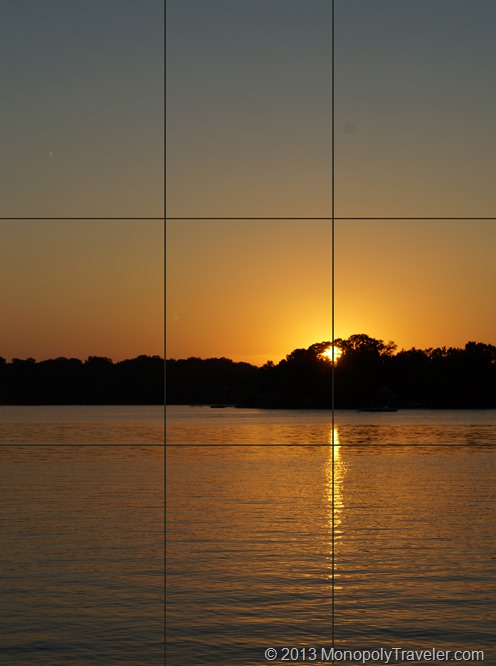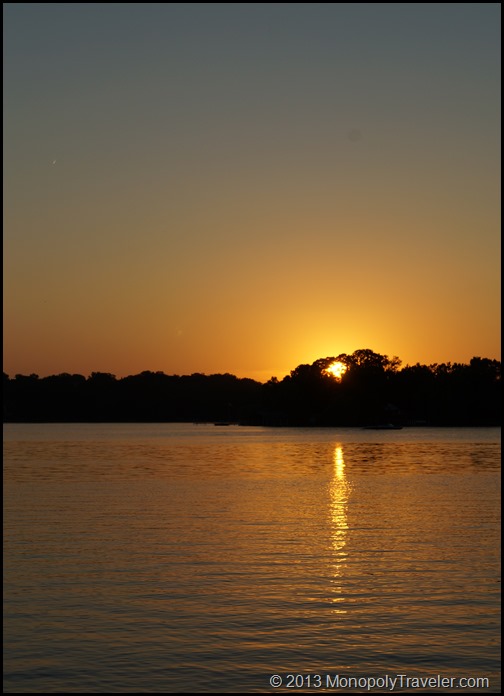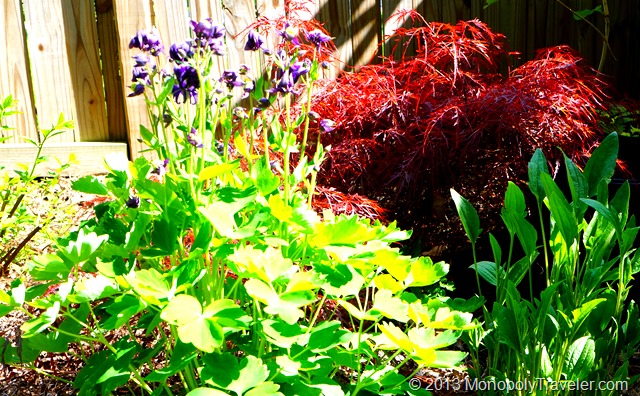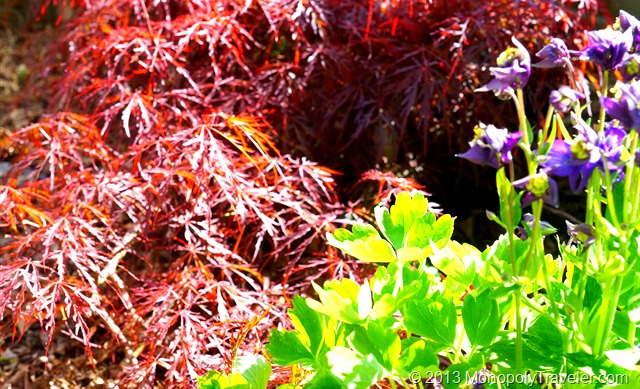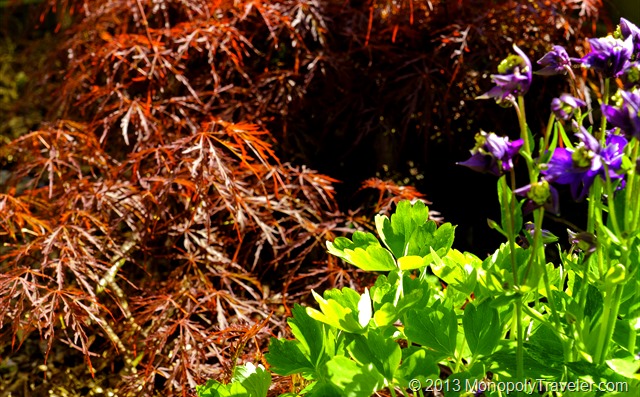
During the holiday weekend at the end of May we were camping in the Bluffs near the Mississippi River. Since it was a later spring the water temperatures were colder than usual, it was cloudy and cool so the fishing would likely be slower than we wanted. After a little research we found a couple of trails near by and decided to go for a hike in the bluffs and see if we could find an great view or two.
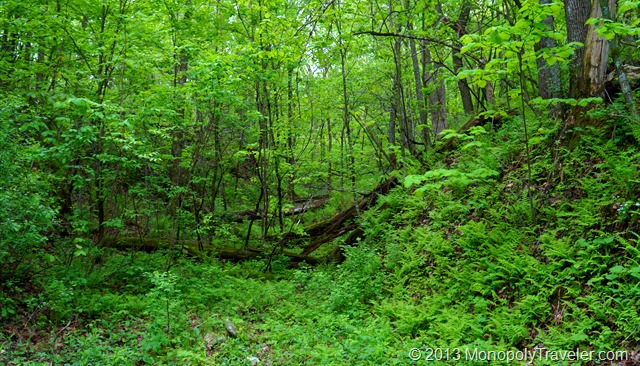
The forest was so lush and green with a number of beautiful wildflowers beginning to bloom.
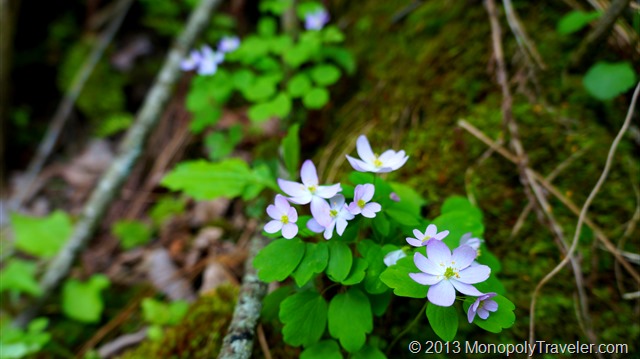
This was a 7 mile trail so a little longer hike than we’ve been on before but without any gear should be achievable. Expecting we should be able to hike at a 1.5 mph pace it was expected to take about 4-5 hours total to complete this trail including time to eat and enjoy the views while taking pictures. Past experience taught us to bring along food for a meal as well as a few snacks and water.
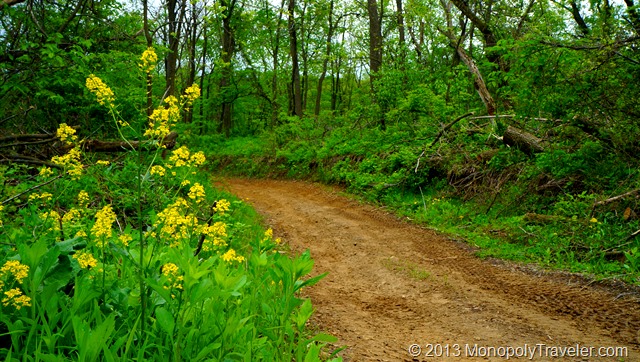
As we arrived at the park we found out that this is mostly an ATV trail and very few people actually hike it. As a result the trail was quite muddy in places and we needed to keep a watch for ATV’s as there were many using the trail that weekend. The first half of the trail was lacking much for vistas that we were hoping to see and included a couple of steep hills both up and down to climb. Fortunately the blooming wildflowers and seeing a scarlet tanager made this part of the trail worth the effort. This was the first time I’ve ever seen a scarlet tanager.
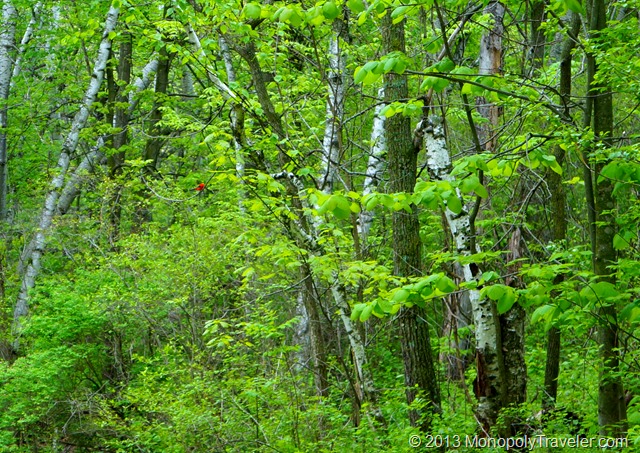
Growing a little tired of hiking after walking up the bluff for a second time we were just hoping there were no more major hills to climb down and back up again. Shortly we came upon the first of a couple of locations that over look the Mississippi River and surrounding bluffs. It was at this point we achieved our main goals of this hike which was to see this amazing part of the country from within the top of the bluffs. Here was a view from an area we had not witnessed before.

After taking in the views it was time to head down off the bluffs to the trailhead. If time permits a trip to the locally famous Nelson Cheese Factory for some great ice cream was in order. With that motivation the pace was increased to get back to our cars and head towards our camping location.
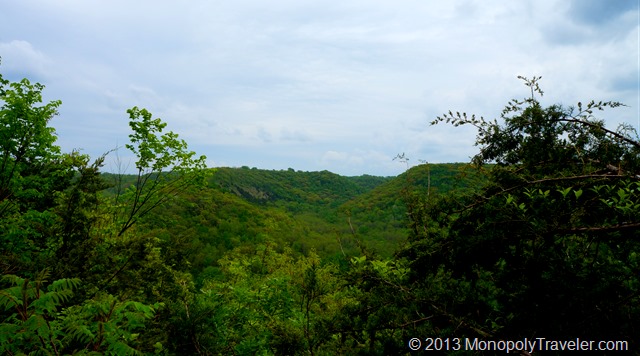
For those who are curious, we did make it in time to get our ice cream.
Experiences Gained: Longest hike yet in one day gaining confidence to tackle more difficult hikes on Isle Royale and the Rocky Mountains someday hopefully soon, Saw several scarlet tanagers which are a beautiful, vibrant red bird that migrates to this area for the summer, and enjoyed views of the river and bluffs new to us.

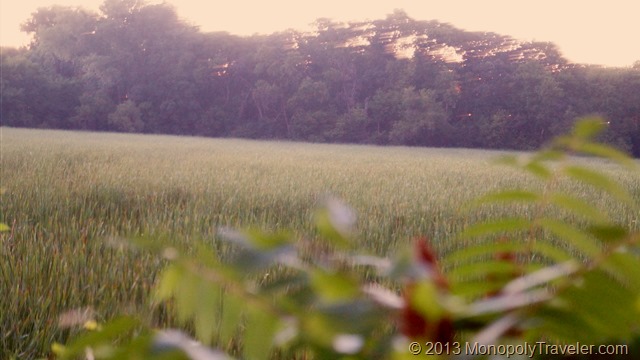
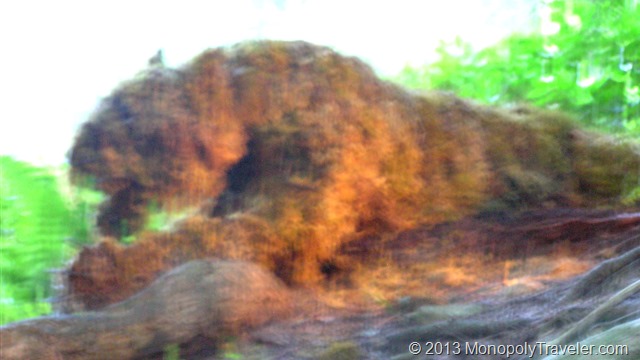
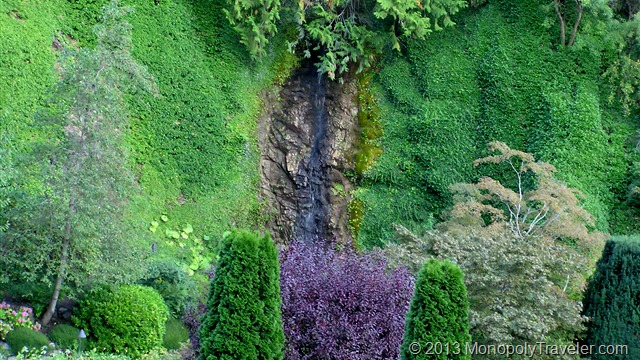
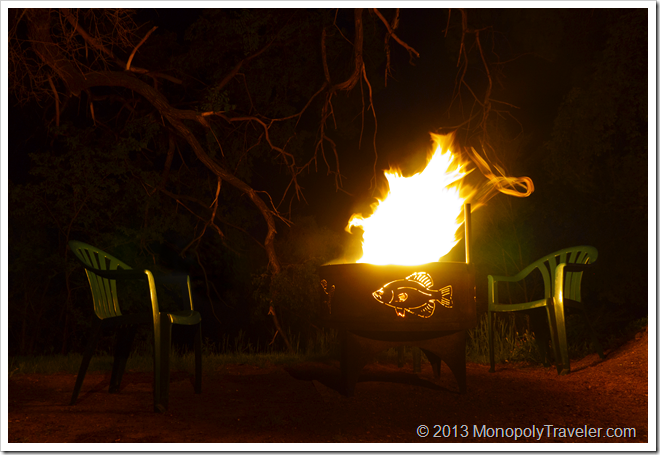
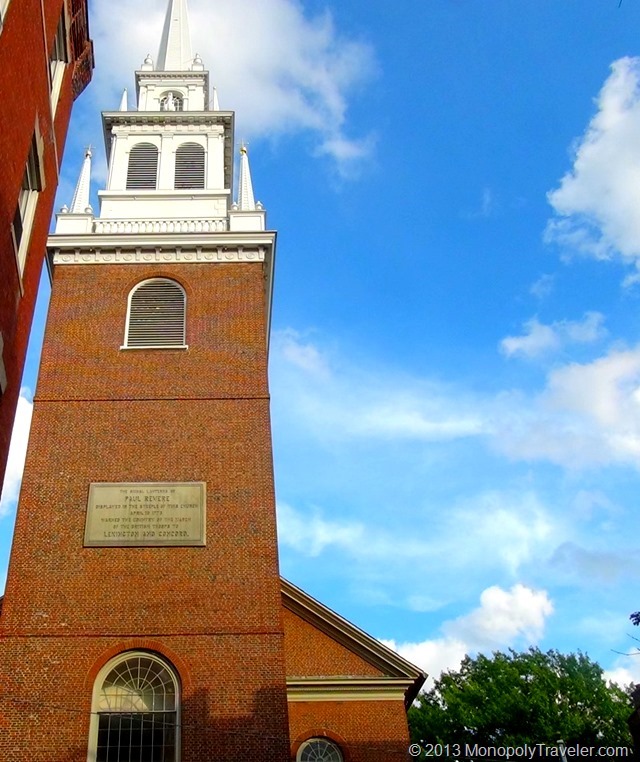
![New England '11 096[1]_thumb[16] New England '11 096[1]_thumb[16]](http://monopolytraveler.com/blog/wp-content/uploads/New-England-11-0961_thumb16_thumb.jpg)
